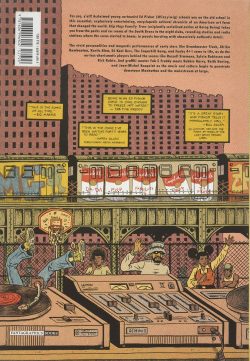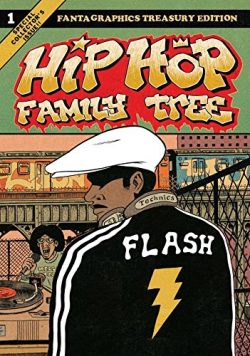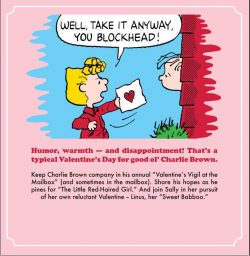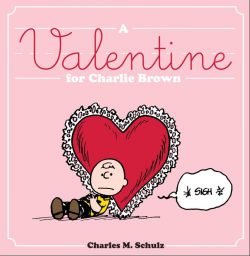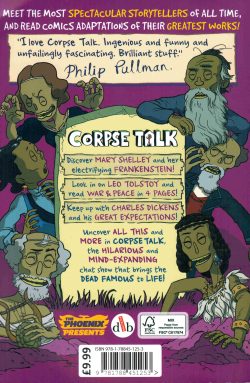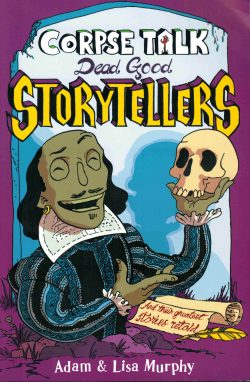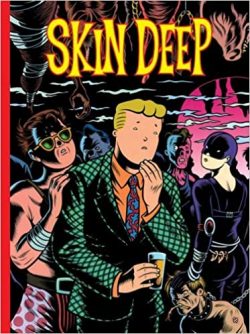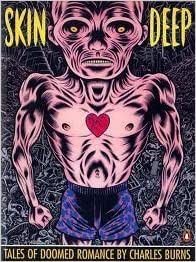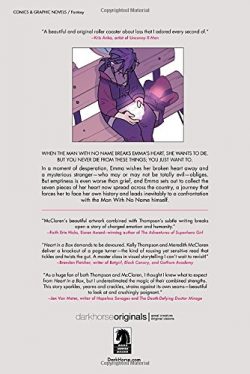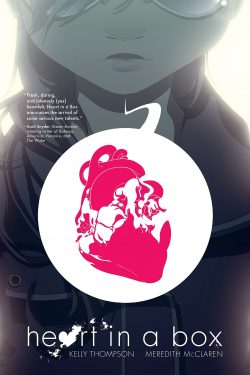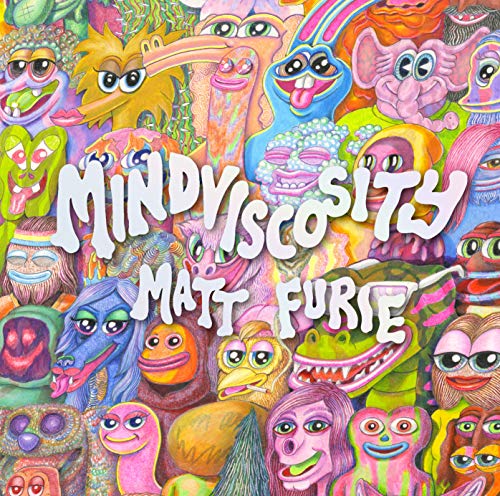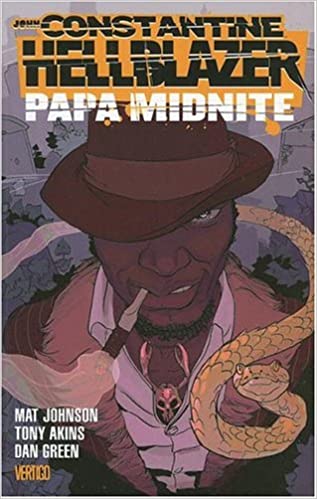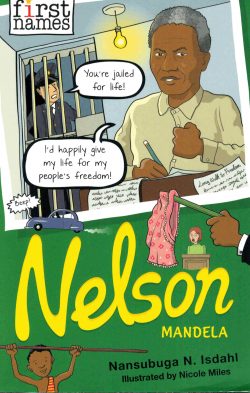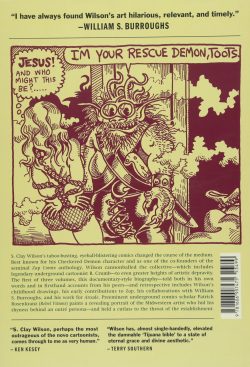
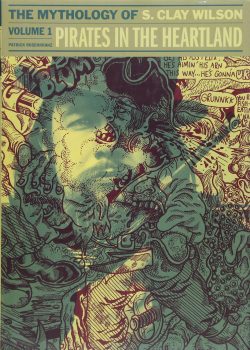
By S. Clay Wilson, edited by Patrick Rosenkranz (Fantagraphics Books)
ISBN: 978-1-60699-747-5 (HB)
Once more, I’m altering the fixed schedules to note the passing of a giant. Everybody’s losing loved one in far greater numbers than we can really afford or cope with, but this one is even more poignant and powerful: the death of one of the most vital and vigorous cartoonists we’ve ever been privileged to enjoy. Here’s a parental warning to prove it…
This book is filled with dark, violent sexual imagery and outrageous situations intended to make adults laugh and think. If that hasn’t clued you in, please be warned that this book contains images of nudity, extreme violence, sexual intimacy and excess – both hetero- and homosexual – and language commonly used in the privacy of the bedroom, drunken street brawls and school playgrounds whenever adults aren’t present.
If the thought of all that offends you, read no further and don’t buy the book. The rest of us will just enjoy some of the most groundbreaking cartoon experiences ever created without you.
Steve Clay Wilson was a pioneering light of America’s transformative Underground Commix movement: an uncompromising, controversial, in-your-face pioneer of the counterculture, constantly challenging attitudes and sensitivities whilst telling the kind of cartoon tales he wanted – or perhaps had – to.
Something of a contradiction to those who knew him, charming, charismatic Wilson lived life to the full and took his art seriously.
And what art! Stark, complex, shocking, incredibly detailed tableaux jumping with modern Rabelaisian content: mesmerising scenes packed with intense multi-layered busyness, crammed with outrageous, iconic characters in constant surging motion – mostly combative and hilariously violent.
The manly, hedonistic exuberance of frantic fighters rejoicing in the wild freedom as exemplified by bikers, cowboys, pirates, bull dykes and devils, augmented by other violent ne’er-do-wells, grotesques, human-scaled beasts and things which could be drawn but never described…
His work seethed and abounded with excess: monsters, mutilations, booze and drug-fuelled romps populated with priapic plunderers and ravening beasts, dangerous and disturbed women and always, always unsettling scenes of society’s biggest taboos – sex and personal freedom.
All Americans already worshipped violence; Wilson just pushed the visuals for that sacrament as far as he could into surreal parody. Everybody who knew Wilson adored him, but around him they were usually a little nervous and stepped lightly…
The modern successor to Pieter Bruegel and Hieronymus Bosch moved on to other artistic arenas when the Underground movement foundered, but he never toned down his visions. In 2008 he suffered massive brain damage in mysterious circumstances and underwent full-time palliative care ever since. He died aged 79, on Sunday February 7th 2021.
This intimate and informative oversize (286 x 202mm) hardcover biography and graphic overview – also available in digital formats – is compiled from previous writings and extensive interviews with the people he grew up with and who shared his eventful life.
Moreover, each telling anecdote and reminiscence is augmented with photos, paintings, illustrated letters and private or previously-unpublished artworks, and each chapter offers a wealth of gloriously outrageous strips: comprising all of his published comics work from the heady days of America’s counterculture explosion in 1968 to its virtual demise in 1976.
It opens with a warm, picture-packed, fact-filled Introduction by college pal and flatmate John Gary Brown before the hagiography of horrors begins with ‘Wilson’s Childhood’.
Described by Robert Crumb as “the strongest, most original artist of my generation†Steven Clay Wilson grew up in down-home Lincoln, Nebraska, thriving on a diet of EC comics (especially Piracy), post-war prosperity and Great Plains sensibilities. His early life was filled with good family, cool pets, cycling, school and drawing.
Lots of drawing (much of it impressively included in the first chapter) takes us out of High School and into college, but before that unfolds there’s a gory welter of early triumphs in the black and white comics section which includes such classics as ‘Shorts in the Bowl’ (from Gothic Blimp Works #1), ‘River City Shoot-Out’ from the second issue and ‘No Loot for You, Captain Namrooth’ from Gothic Blimp Works #6, all circa 1969, followed by a ‘Goodtimes Front Cover’for May 1st 1970.
The entirety – 26 images – of the mega-successful arts project which became ‘S. Clay Wilson Portfolio Comix’ leads into the strip ‘Afterwards’ (Hydrogen Bomb Funnies, 1970) and the tableaux ‘It’s a Thrill to Kill’ from Thrilling Murder Comics, 1971 and ‘The 137th Dream of Lester Gass’ (Illuminations, 1971).
A productive strip period begins with ‘Insect Paranoia’ (Insect Fear #1),‘Insect Angst’ (#2, both 1970) and ‘Insomnia Angst’ (#3, 1972), followed by ‘Boogie Boogie Horror Yarn’ (Laugh in the Dark, 1971) and closes with ‘Whip Tip Tales’and ‘Soft Core Porn Yarn’ from San Francisco Comic Book issues #1 and #3 in 1970.
Wilson’s turbulent brush with art school and academia at the University of Nebraska is detailed in ‘Higher Education’ as is his understandably less than glorious military service and adoption of the drop-out life style, topped off by more manic strips and panels (he called them “Deep Scenesâ€) beginning with ‘The Hog Ridin’ Fools’ (Zap Comix #2, 1968 and featuring a very early appearance of Wilson’s signature character the Checkered Demon). That issue also supplies ‘Just as you said Madge… He’s Shitting’ and ‘Head First’, whilst from the third comes ‘Captain Pissgums and His Pervert Pirates’, ‘Gilded Moments’, ‘Captain Edwards St. Miguel Tilden Bradshaw and his crew come to Grips with bloodthirsty foe pirates’, ‘Come Fix’ and ‘Arnie, my bra ain’t on’.
Wilson drew at a phenomenal rate and Zap Comix #4 1969 unleashed ‘A Ball in the Bung Hole’, an untitled phantasmagorical double-spread, ‘Leather Tits’ and the debut of his occasional lewd lead ‘Star-Eyed Stella’. Zap #5 (1970) barely contained ‘Lester Gass the Midnight Misogynist’, ‘Ruby the Dyke Meets Weedman’ and ‘Snake Snatch Tale’.
At the end of 1966 Wilson relocated to ‘Lawrence, Kansas’: a burgeoning Midwestern oasis of countercultural thought and self-expression, and a useful place to concentrate creative energies before his inevitable move to the West Coast. This chapter is abutted by another wave of glorious filth and ferocity, comprising non-biblical epic ‘The Felching Vampires Meet the Holy Virgin Mary’ (Felch Cumics, 1975), adult fairy tale ‘Puducchio’ from Pork (1974), which also offers a quartet of single-frame gags, after which Bent (1971) provides Deep Scene ‘Dwarf Snuffing Station #103’, ‘Pendants’; a return engagement for ‘Star-Eyed Stella’ and ‘Nail Tales’.
Declaring “Art is Therapyâ€, Wilson always saw its creation as a collaborative process: one which demanded a response. On reaching the golden lands of ‘The Barbary Coast’ his artistic jams with the likes of Crumb – who claims the flatlander inspired him to completely release all his artistic inhibitions – and creative compadrés like Spain Rodriguez, Rick Griffin, Robert Williams and Victor Moscoso, made them royalty in the San Francisco heart of the revolution.
That star-studded, astounding period and how it began to fade makes up the last revelatory chapter in this initial volume (of three) and concludes with one last selection of colour and monochrome masterpieces including eye-popping ‘Deranged doctors perform operational experiments on mutated patients under the antiseptic incandescent gaze of the Big Daddy Devil Doctor’ from Arcade #3, 1975; illustrations for William Burroughs’ seminal short story ‘Fun City in Badan’ (Arcade #4), ‘The Corpse Gobblin’ Ogre of Columbite Mountain’(Arcade #5), ‘Monster Bride’ (Arcade #6) and ‘Vampire Lust’ (Arcade #7, 1976).
Also on show are multi-hued strip ‘Last Foe’ (Apple Pie July 1975), the cover from Zap Comix #3, front-&-back covers from S. Clay Wilson Portfolio Comix, Bent and Pork; ‘It’s a treat to blast away the flat foot’s feet’ from Tales of Sex and Death #1 (1971), 8-page, in-record minicomic insert ‘The Saga of Yukon Pete’ from the vinyl platter of the same name by Son of Pete and the Muffdivers, wrapping up in fine style with the infernally euphoric ‘Surfsup’ strip from Tales from the Tube #1, 1972.
Scholarly yet surprisingly engaging, this superb collation, contrived and shepherded by Patrick Rosenkranz, offers an amazingly and unforgettable close-up view of one of the most important cartoonists in American history. This is a book no serious lover of the art form or devotee of grown-up comics can afford to miss.
The Mythology of S. Clay Wilson volume one: Pirates in the Heartland © 2014 Fantagraphics Books. All comics and images by S. Clay Wilson © 2014 S. Clay Wilson. All biographical text © 2014 Patrick Rosenkranz. All other material © 2014 its respective creators and owners. All rights reserved.
